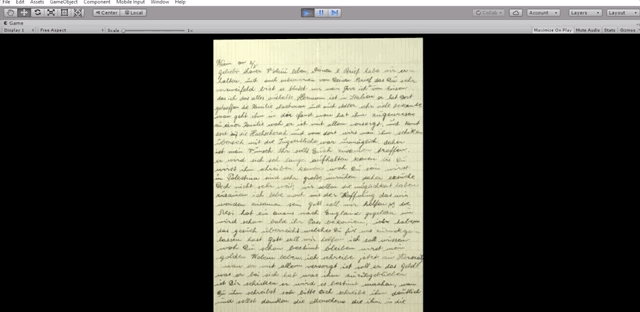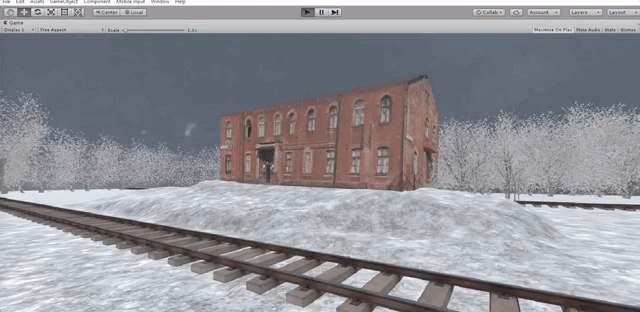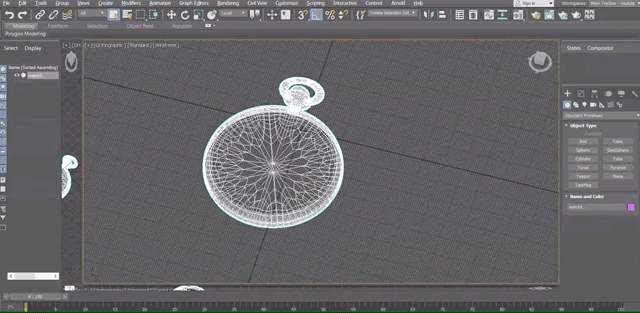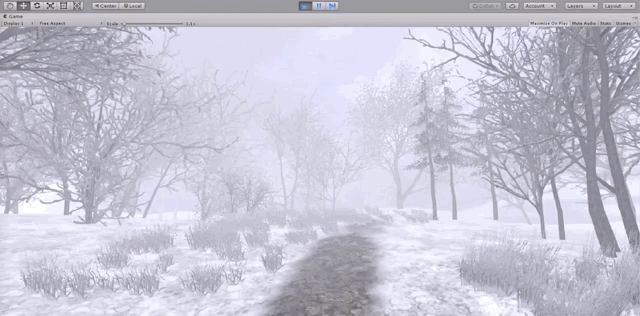




Unity software. H. Uzunkaya, Designer (2019).
Introduction to Locker of Memory timeline
The Locker of Memory project is dedicated to memorializing Latvia’s first Nazi concentration camp established under German occupation, and located three miles outside of Latvia’s capital city. The site has been neglected and abandoned for close to eighty years. In contrast to many unacknowledged killing sites across Europe, the Jungfernhof concentration camp was widely known by a variety of players, but most importantly, by Latvian, German and Austrian officials, responsible for safeguarding the camp’s history.
In 2013, the camp site was converted into a recreation park by local Latvian authorities holding jurisdiction over the land. No signage was installed to recognize the location of the Jungfernhof concentration camp within the park, or to note that a missing mass grave still existed on the grounds of the camp site.
Welcoming sign at Jungfernhof. Photo: Karen Frostig (2019)
While a large welcoming sign includes one sentence obliquely referencing the camp, many omissions were troubling, such as a failure to identify the Jungfernhof concentration camp by its German name, and the absence of clear language regarding “victim”, “murder”, “massacre”, or “slave laborer,” that would be used to accurately portray the camp’s history as a site of murder and brutality for those imprisoned there.
Despite extensive evidence of the camp’s existence found online and in at least three publications,
Nazi deportations lists providing a complete record of the five transports destined for Jungfernhof are readily available in multiple archives: the Arolsen Archives, the United States Holocaust Memorial Museum, and Yad Vashem Archives;
Numerous video interviews with survivors can be found in the USC Shoah Foundation archives, in Yad Vashem’s archives and are posted on Youtube;
Court transcripts of Rudolf Joachim Seck’s trial, as chief commandant of the camp to receive a life sentence, can be found in the archives;
Publication of the Book of Remembrance (Munich, 2003) identifies the names of all German, Austrian and Czechoslovakian Jews deported to the Baltic States;
Many self-published memoirs from survivors can be found on Amazon.com; and
A short reference to the camp is located within Latvian born Andrew Ezergailis’s book, The Holocaust in Latvia, 1941-1944: The Missing Center. (1996).
Publication about the Jungfernhof concentration camp and proposal for a memorial project at the site, see Frostig, K. (2013). “Citizenship After Genocide: Materializing memory through art activism” in S. Roseneil (Ed.), Beyond Citizenship: Feminism and the Transformation of Belonging, UK: Palgrave Macmillan Ltd. 211-230.
the site never achieved public recognition or inclusion in Latvia’s listing of memorial sites. The absence of memory and lack of signage can also be extended to the Skirotava train station as the destination point for thousands of Reich Jews deported to Riga, starting in December 1941. See proposal Deportation Commemoration Project.
Project Director, Karen Frostig, first visited the Jungfernhof concentration camp site in 2007. Invited to return to Latvia in 2010, she presented her ideas for a memorial at the Jungfernhof concentration camp site to a broad audience representing the Jewish community, the academic community, and Latvian officials, hosted by the Museum Jews in Latvia. The site’s remoteness was used to explain Latvian officials’ reluctance to support project development.
She returned to Riga with a new proposal in late February 2019. This time, Latvian officials welcomed her plan.
With extensive assistance and guidance from Ilya Lensky, Director of the Museum Jews in Latvia, also named the project’s chief advisor, the project has progressed to its current stage of development. While the recreation park initially appeared at odds with a memorial project, its very existence, with its uncanny focus on Latvian history, has placed the Locker of Memory project proposal within reach.
The project is indebted to numerous supporters and collaborators named in the timeline and elsewhere on this website. Funding combined with a shared commitment to restore memory to this forsaken site will ultimately determine the pace of memorial development at the Jungfernhof concentration camp.
